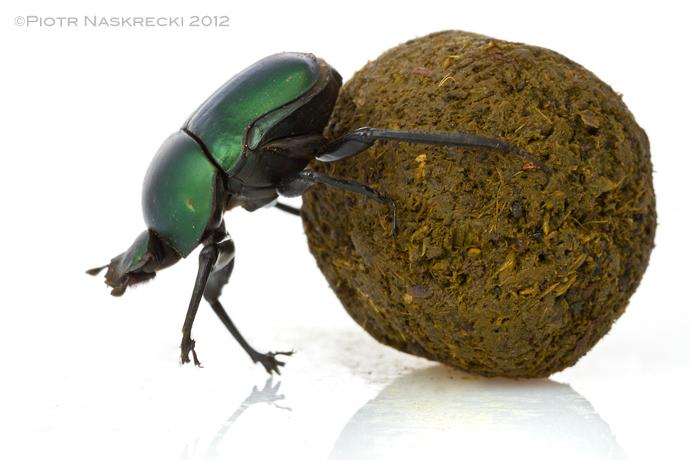

|
The MBHS Times.docx Size : 93.941 Kb Type : docx |



|
Poop Train.docx Size : 88.506 Kb Type : docx |



|
Sugar RAFT.docx Size : 107.184 Kb Type : docx |

|
Sugar Love.docx Size : 257.764 Kb Type : docx |

|
Body, Mind, and Meat.docx Size : 142.422 Kb Type : docx |

